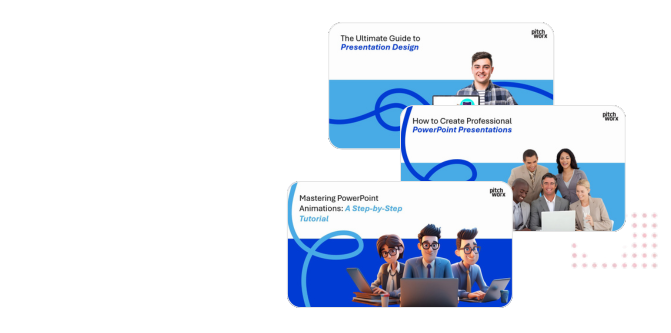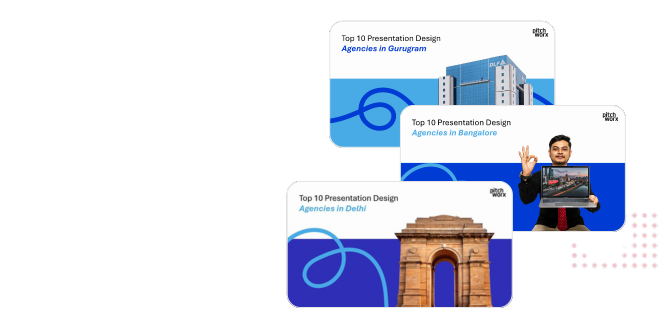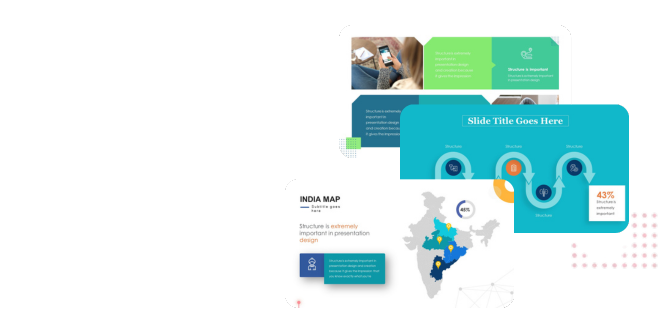Minimalism in no ways means the lack of creativity. In fact, it has been around for sometime now and in a fresh breath of relief from the overly busy and unnecessarily cluttered websites, posters, ads and logos. For those of you still relatively new to this art form, minimalism as a concept is the stripping away of the excess and the strategic placing of of the design elements. The surprising result can be a more calmer, yet powerful design that perfectly conveys the message.
Minimalism today exists in everything design, whether it architecture to fashion to logo design. To get the best out of a minimalist design, be sure to use the elements in the right proportion. And by the right elements we mean, color, layout, white space, graphic & typography – all play crucial roles in creating great minimalist designs. Here below is our take on the different design principles and how they correlate with minimalism.
Selection of minimalist colors
The key of achieving that ideal minimalist design, the color choice is strategic and the amount of colors used, is kept to a minimum. Black, grey and white tones are most powerful and tend to have a greater impact. The colors with the greatest contrast are generally used together. Therefore, most designers go for bold and bright primary colors for minimalist design.
Effective minimalist design layout
Working on a minimalist design layout can be quite challenging because every element you’re working is essential. Without much thought the viewers should be able to find what they need, the content for websites and posters should be laid out in such a way. In other words, the page should stand out in its minimal backdrop.
White Space
Minimalism is built on space. The purpose of negative space is to give those information bits that it surrounds, power. The greater the empty space, the more power an object around it gains. Negative space largely helps in creating balance.
Minimalism in graphics
The use of minimalism in a minimalist design is done on purpose. Designers usually make use of graphics to highlight them. In such a design more use of images instead of written text has always proved to be better. There should always be an outlined strategy while using graphics and should be relevant to the topic.
Typography
Typography in minimalism too should be just as strategic as any other element. Not only in minimalism, but in any other design not more than two or three font styles are appropriate. There are websites where headlines are shown in one font, another for body and a third one for navigation or for subheadings. Use of three or more types of fonts make a design look cluttered and hard to understand.
Minimalism on the web
Minimalist design is the trending buzzword today. But some designers have failed to distinguish the line that separates minimalist design and void web pages. It basically means having a clean design that’s not only pleasing to look at, but also easy to navigate. While minimalist design is not practical for every website, those who do should use it to their full advantage.
Minimalism in logo design
Minimalism is something that’s most applicable in logo design, since the purpose of a logo is to be easily remembered and associated with a company. The tricky part of a minimalist logo is to make a design that is easily recognised as the company that it represents, while reflecting the brand’s goals.
We can conclude by saying that minimalism can be a hard concept to wrap mind around for some and can flow like breeze for others. In all fairness, it can mean different things to different people.








